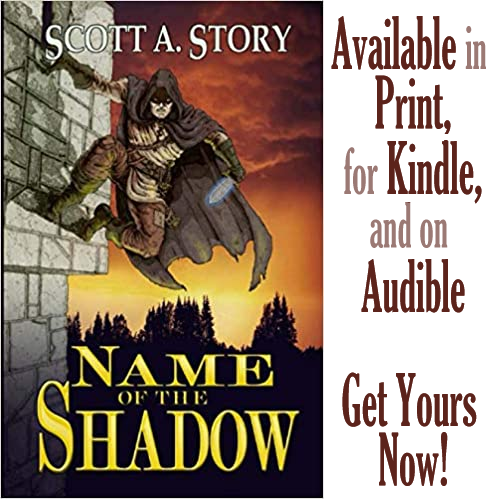Topology
The mountains in the Lower Aendrils are old and worn.
Elevation
The Lower Aendrils top out at 12000’ above sea level, but the average mountain is 6000’ to 8000’.
Climate
Temperate.
Weather
The air is very clear here, but fog is frequent. Altitude sickness affects many visitors. There are four named glaciers here.
Flora
Mountain flowers are small, compact, and wind resistant. They have a relatively short growing season, but they bloom with magnificent color.
Allium insubricum, alpine crocus, alpine snowbell, buttercup, dianthus, dryas octopetala, edelweiss, fireweed, gentian, gentians, martagon lily, onobrychis viciifolia, orchids, rhododendron ferrugineum l, silene acaulis and trollius gwyfnedus
Forestry
Below 4,000’ there is beach, birch, and oak. Above 4,000’ there are conifers such as pine, larch, fir, and spruce grow.
Fauna
The Aendril’s slopes are excellent pasture land, and the herds are taken into the high passes for fattening in summer, and then back to the valleys in winter to make butter and cheese.
Birds of Prey—ptarmigan, griffon vultures and golden eagles
Predators—cave bears, foxes, grizzly bears, wildcats and wolves
Prey Animals—deer, goats, giant catfish, marmots
Livestock
Most commonly Cattle, Goat, Sheep and Swine
They also breed Chicken, Geese, Hare, Pigeon, and Rabbit/Coney for food
Supplementary Hunting—Badger, Boar, Crane, Deer, Eel, Fox , Heron, Lark, Partridge, Quail, and Swan
Agriculture
Farmland is sparse because the soil is poor and rocky, so farms are small and scattered. At lower elevations, the mild climate allows for cherries, peaches, apricots, kiwifruits, chestnuts, walnuts and lavender.
Aquaculture
There is some lake and river fishing, but not enough statistically to matter.
Geology
Not volcanically active.
Minerals
Iron, lead and silver. Minton owns the best mines. There are also some crystals here, including cinnabar, amethyst, and quartz.
Hydrology
There are many small lakes (called taerns) scattered among the mountains, and they are deep and very blue. There are also hanging tributaries, cascading waterfalls, whitewater rivers, and occasional marshes and meres.
Roads
Roads are usually named “cut,” “trace,” or “pass.” Except for Brighton Street, all the secondary roads are rough, follow the path of least resistance, can be precariously narrow and are subject to avalanches. Sometimes, carts or wagons must be disassembled and carried piece-by-piece on foot through narrow patches.











Comments